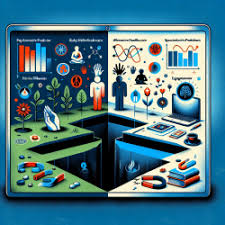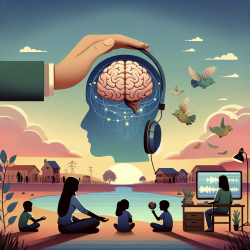Introduction
In the ever-evolving field of speech-language pathology, practitioners are continually seeking ways to improve outcomes for children. A recent study titled Reactive Natural Kinds and Varieties of Dependence offers intriguing insights that can be leveraged to enhance therapeutic practices. By understanding the concept of reactive natural kinds and their dependencies, practitioners can refine their approaches and foster better outcomes for their young clients.
Understanding Reactive Natural Kinds
Reactive natural kinds are categories whose properties are influenced by social classifications. This concept, explored in the study, highlights how certain conditions or disorders may not only be defined by their biological underpinnings but also by the social contexts and classifications that surround them. For instance, the way society perceives and categorizes a disorder can impact its expression and the outcomes of individuals diagnosed with it.
Applying the Research in Practice
For practitioners at TinyEYE and beyond, understanding the interplay between natural kinds and social classifications can be transformative. Here are some practical applications:
- Holistic Assessment: When assessing a child, consider both the biological aspects of their condition and the social factors that may influence it. This dual perspective can provide a more comprehensive understanding of the child's needs.
- Customized Interventions: Tailor interventions to address not only the biological aspects of a disorder but also the social influences that may affect the child's progress. This approach can lead to more effective and sustainable outcomes.
- Advocacy and Education: Educate parents, teachers, and the community about the impact of social classifications on disorders. By raising awareness, practitioners can help create a more supportive environment for children.
Encouraging Further Research
The study also encourages practitioners to engage in further research to explore how reactive natural kinds manifest in their specific fields. By contributing to the body of knowledge, practitioners can help refine classifications and interventions, ultimately improving outcomes for children.
Conclusion
By embracing the insights from the study on reactive natural kinds and varieties of dependence, practitioners can enhance their skills and create better outcomes for children. Understanding the dynamic interplay between biological and social factors is crucial for developing effective therapeutic strategies. For those interested in delving deeper into the research, the original paper can be accessed here.










